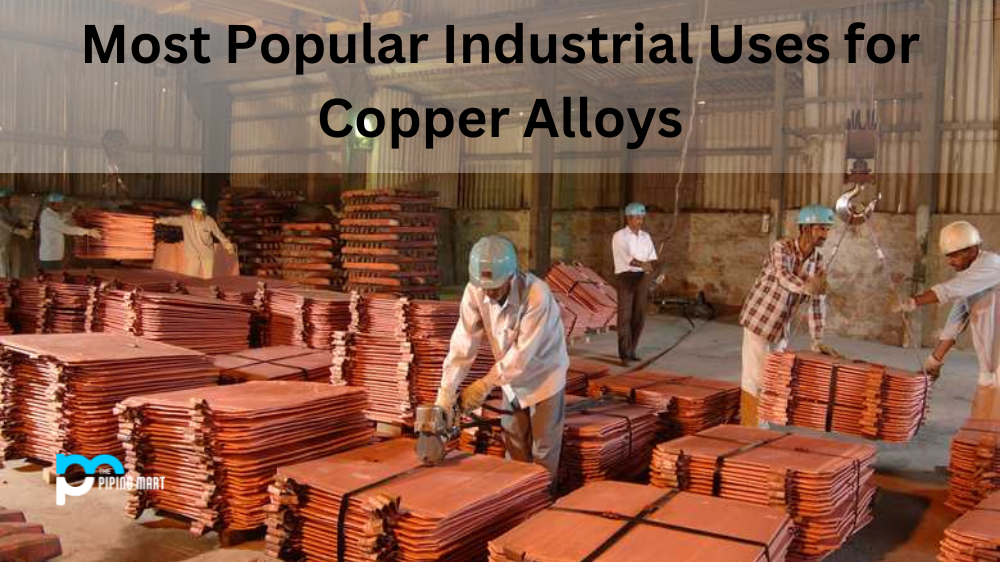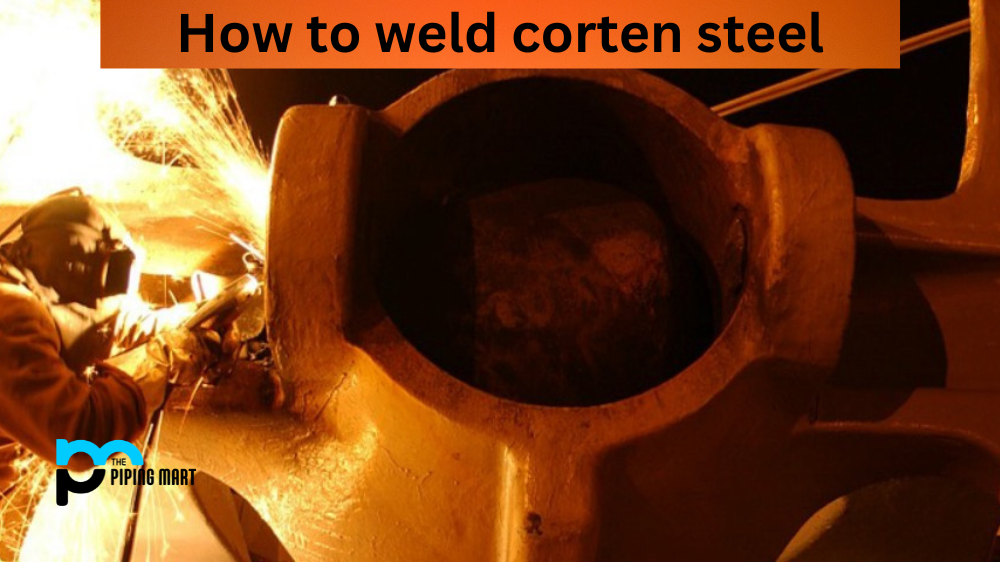Welding alloy 20 and carbon steel can be challenging due to their different properties. However, it is possible to achieve a successful weld with the right tools and knowledge. This blog post will discuss the basics of welding alloys 20 to carbon steel. We’ll cover what you need to know about each metal, the welding process, and how to ensure a strong weld.
Alloy 20
Alloy 20 is austenitic stainless steel that contains chromium, nickel, molybdenum, copper, and nitrogen. It has excellent corrosion resistance to various acids, including sulfuric acid. It is also resistant to pitting and crevice corrosion as well as stress-corrosion cracking in high chloride solutions such as salt water. Additionally, alloy 20 has good mechanical properties even at elevated temperatures up to 1000°F (540°C).
Carbon Steel
Carbon steel is an iron-carbon alloy that contains 0.3%-2.1% carbon along with other elements such as manganese and silicon. It exhibits very good strength and toughness in combination with ductility and malleability, making it ideal for many applications including automotive parts, construction projects, pipes and tubes, etc.,
Process of Welding Alloy 20 To Carbon Steel
When welding alloy 20 to carbon steel the first step is preheating the base metal followed by interpass temperature control. Preheating helps reduce residual stresses caused by thermal expansion/contraction cycles which can result in cracking or warping of the metal during welding or after cooling down from welding temperatures. The interpass temperature should be kept below 300°F (150°C) so that there are no adverse effects on the material properties of either alloy or carbon steel during welding operations. After preheating, you may use any filler metal you prefer such as 309L stainless steel filler rod or E309MoL-16 filler wire depending on your needs but keep in mind that you should use only low hydrogen electrode types when welding these materials together so that hydrogen-induced cracking does not occur during cooling cycles after welding operations are complete. Once everything is set up properly, then you can begin your actual welds making sure each pass is done slowly with proper pressure applied so that there are no gaps between weld beads which could lead to potential leaks in future applications if left unchecked. Finally, after completing all your passes, you must allow sufficient time for cooling before inspecting your work for any potential defects which can be identified using visual inspections or radiography if needed before continuing further with any assembly processes involving these two materials.
Conclusion
In conclusion, while it may seem daunting at first glance due to the differences between alloy 20 and carbon steel, it is possible to successfully weld them together if certain precautions are taken into account beforehand such as preheating base metals before welding operations and using low hydrogen electrodes for better results afterward when cooling down from high temperatures produced during welding operations themselves. Additionally, ensure adequate time is given for cool down after each pass so that no residual stresses are causing cracking later in its lifetime when put into application use, thus ensuring a successful outcome every time!

Meet Bhavesh, a seasoned blogger with a wealth of knowledge and experience. From metal products manufacturing to retail, Bhavesh has a diverse background in various industries and is dedicated to sharing his insights and expertise with readers.




